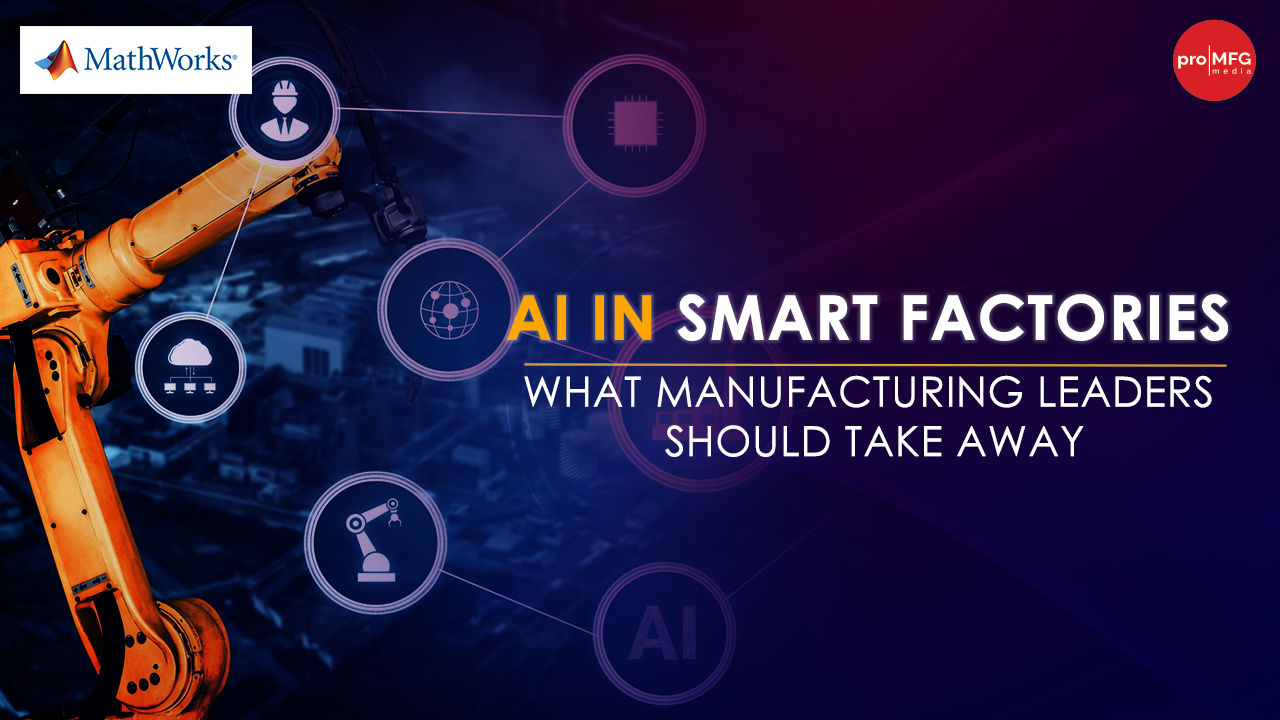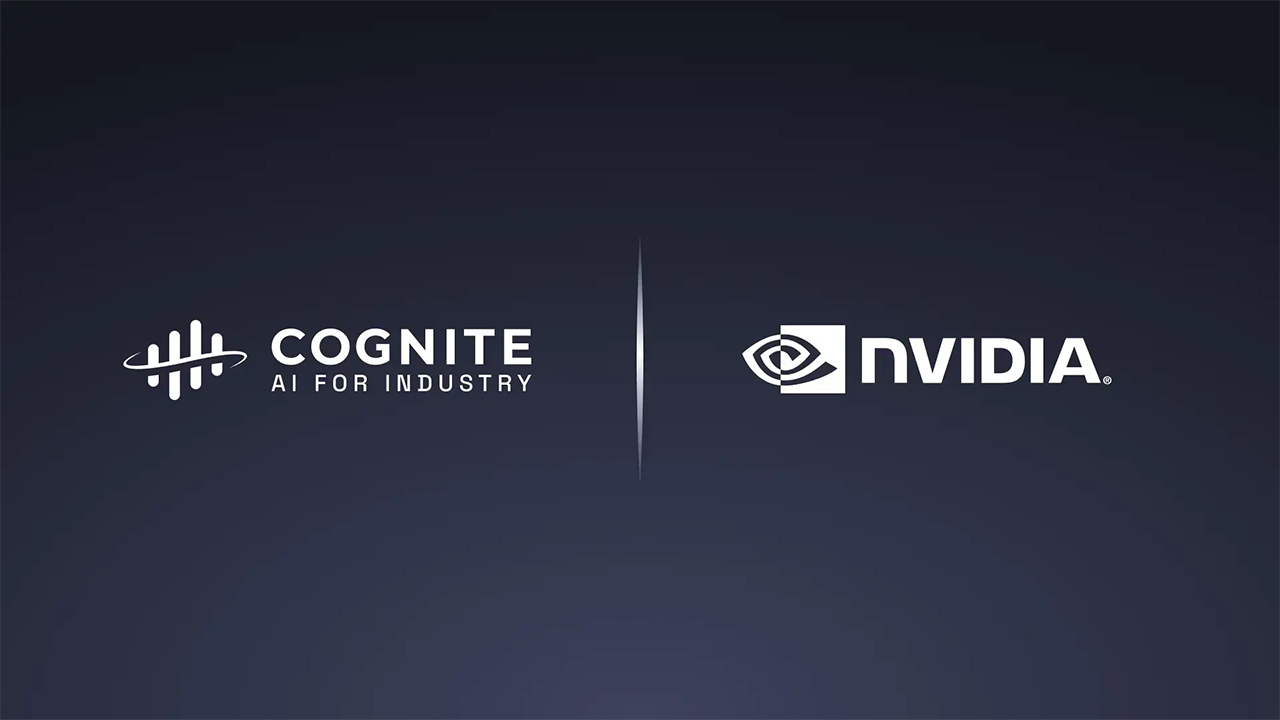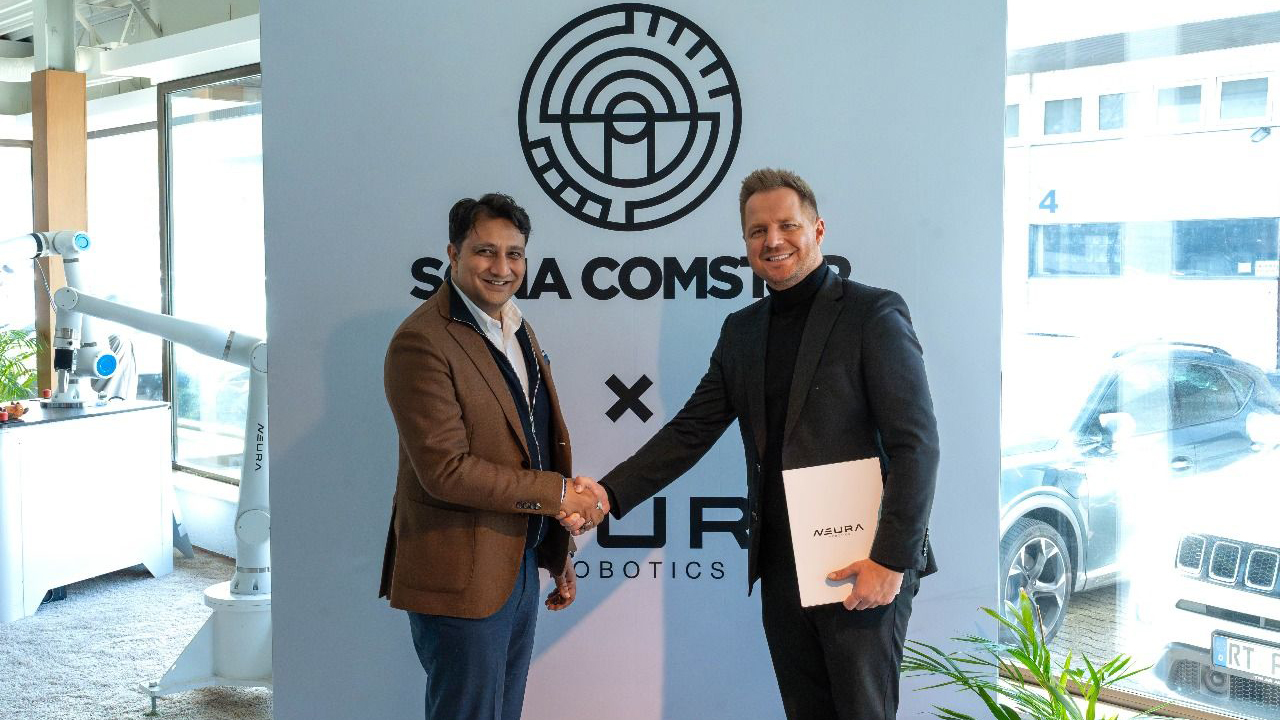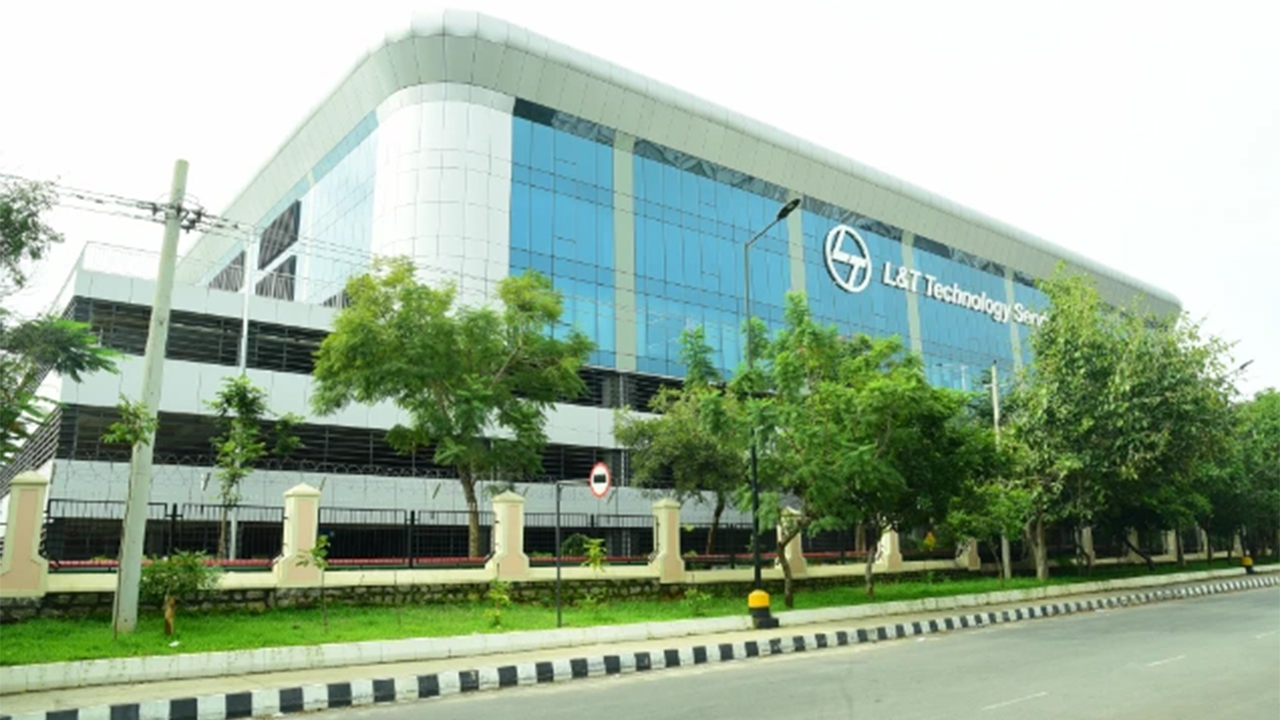Multifunctionality businesses rely on a strong network infrastructure that can support heavy data usage.Data is bigger and more significant than it has ever been. For organizations and service providers, data security and protection are a constant issue and a key worry. For the data, network, and systems, having a solid protection strategy in place is critical. The recently concluded Pro MFG Cisco and Sify Leadership Knowledge Turf focused on Future-proof your organization: Ahead of the curve, CIO’s strategies for success. The virtual event witnessed participation from industry stalwarts who contributed with their expertise and experience.
Industry speakers included Vikas Kumta, Head Information Security- C-Edge, Rohit Rane, Cyber Security Leader and Strategist, Rajan Bagade, Regional Head IT Shared Services- DP World, Atul Govil, Chief Transformation Officer and Head – IT and SAP, India Glycols, Priyanshu Khandwala, Lead Information and Security- UPL Ltd, Raghavan Kasturirangan, Principal Systems Architect, Cisco Systems and Suresh Gummaraju, Head - Product Management - Managed Services- Sify Technologies Ltd. The discussion was insightfully moderated by Burgess Cooper, Cybersecurity Partner and Deputy Leader- EY India.
Strategies to analyse the impact of multi-cloud environment on enterprise WAN and challenges associated with hybrid working were the key discussion topics. Raghavan Kasturirangan of Cisco Systems set the context for the discussion: “Business has been accelerated by the onset of adoption of hybrid workplace. So, the challenge of the network is to intelligently understand the users and what device they are using and where are they connecting from and allow them access to the right resources while security is an integrated part of this offering. The network must have security intelligence to protect the enterprise and its asset from malicious content. These applications are hosted across cloud. Allowing people to access these applications without compromising the security and ensuring seamless experience and connectivity to the user has been the key to a successful strategy.”
Vikas Kumta from C-edge shared his thoughts on the subject “We are evaluating different models from cloud service providers ensuring we are more focused on business competencies than more worried about the IT infrastructure behind it. Many new companies have been formed and they have accepted the cloud-first approach. They have got a heads up from the old companies that have existed since so long. So, with limited resources we can focus more on our business. We are in that theme today. Improving our cloud technologies in a big way is definitely our plan forward."
Prianshu Khandwala from UPL highlights how they as an organization plan to stay ahead of the curve “Whatever business needs we have to deliver. If business needs some analytics platform and market their products then we have to deliver. When such agile requirements come up, we have no option but to go for cloud first approach. You might want to set up an experiment with one service provider and use it couple of months and if that's not fitting you would want to try something else. The importance is to tag along the business and understand what they need and deliver. The most important way forward is data crunching in any sector especially chemical and sustenance industry data is the key. Data collected from different parts must be crunched and should give a meaningful input. So, cloud is a must and it has to be leveraged in the right manner."
Coming from a chemical industry, Atul Govil from India Glycols shares his thoughts on cloud usage. India Glycols holds a diverse portfolio. There is only one boss in the company which is the customer and ultimately, we need to sync up with the customer's demand. It could be our internal or external customer. Cloud is a default choice. Especially in manufacturing like ours, there is an elasticity of demand generally in b2b. Since we don’t have elasticity of demand the cost equations also have to be clearly evaluated. If you have a stable workflow, you can anticipate your infra accordingly. Lot of cybersecurity related businesses, earlier security was a bottleneck and now we find cybersecurity hosted on the cloud. The whole paradigm has changed in the last few years and we definitely look at cloud as a definite option.
Rohit Rane, Cybersecurity expert and strategist highlighted his experience on SD WAN. SD WAN is definitely needed, we have been talking about cloud adoptions, we will also have multi cloud adoption and there will also be a private cloud adoption. It's a hybrid model we are already in and we will definitely want all your branches to connect to a single edge and that's where I see SD WAN plays a major role. It gives an advantage if you have workload on a cloud service provider and if you are closing one down you have an easy option of moving it seamlessly without the end user coming to know about it. SD WAN helps connect branches which do not have stable connectivity and brings in a better experience.
Accordingly, Rajan Bagade from DP world shared his comments from global port operations infrastructure perspective “If you have multi location operations in many places it is always advisable to go for SD WAN. Our applications are hosted on our own datacenter. In such cases it becomes more effective if we have a SD WAN because its connected through a secure channel and managed well. Thus secure and easy to manage. Around the world ports are having their own data center to host applications. On hybrid working culture it has become a norm around the world. We have finance and other back office functions that we handle globally and we have built an office for only 50% employees. We will only have people required to be in the office. In port operations or terminal operations, we need people to be there. Some other challenges in hybrid working models like power cut, people are asking for backups or invertor or some other alternatives. So it's very interesting that people are exploring ideas, coming up with new thoughts in this new normal.”
Raghavan Kasturirangan from Cisco Systems commented on the way ahead. "Irrespective of users connecting on wired network, wireless network, from office or remote areas the Cisco network can identify the user and ensure the seamless policies and experience to the user. So the access policy from home shouldn't be different from the access policy from the office. That will be a mental stress for the user. The user must have a seamless experience irrespective of where they connect from and ensure that is delivered.
Secondly, on how networks should identify there is an issue within a certain time. The network should have a definite baseline and if there is a deviation from baseline the network should help identify it quickly. It should go back and reconfigure itself. Things happening at any given time the network should be able to correct itself and render the performance for users and applications. Cisco has recently launched predictive internet analytics which can predict the behavior of any given network.
Suresh Gummaraju from Sify Technologies summed up the discussion " We constantly evaluate our focus which is to build services for customers and ensure seamless delivery. The technology acts accordingly the way it is implemented. SD WAN is a super technology but not as simple as it is. It requires a lot of insteps, the foremost thing is the transition from existing one to the SD WAN network. Here comes a question of what kind of security policies the companies are deploying. What kind of performance level you want to drive. Hence understanding the current ecosystem and transitions to SD Wan is very important. This is where a partner like Sify comes in. We manage critical networks in the country. We have been successful because of the transition we have managed. Our customers have got equal participation from their side because transition is a very critical stage. It requires companies to be agile, flexible and companies to be rearchitecting customers along with their networks. This plays an effective role on how SD WAN and new technologies are getting adopted by customers."
NEWSLETTER
TRENDING ON PRO MFG
MORE FROM THE SECTION









